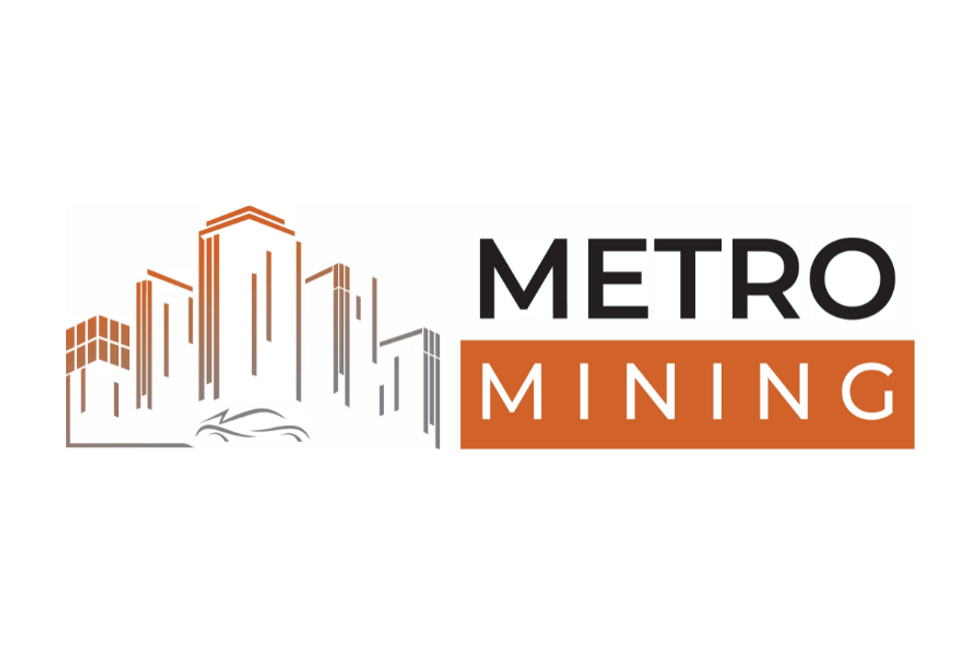Report: Aluminium Needs Critical Minerals Designation in Australia
The Australian Aluminium Council has outlined four policy prescriptions that it says will help the sector continue its AU$18 billion economic contribution to the nation.

The Australian Aluminium Council (AAC) is calling for the country to secure the future of its aluminium industry.
In a recent report, the organisation highlights the sector's value, and makes policy recommendations geared at allowing the aluminium market to continue making its AU$18 billion annual economic contribution to the nation.
Among other points, the AAC would like to see the metal to be designated as a critical mineral, and wants aluminium companies working in Australia to have "rapid access to competitive energy."
Australian aluminium by the numbers
According to the AAC, the aluminium industry added AU$18 billion to the Australian economy in 2023, along with over 75,000 full-time equivalent jobs that pay 63 percent higher than the national manufacturing average.
Over 20,700 direct and 55,000 indirect jobs are supported by the Australian aluminium industry, with the majority in regional areas. The industry currently holds a record of AU$15 billion in annual export revenue.
The report also outlines the economic contributions of the aluminium industry at a state level, with Western Australia on top at AU$5.7 billion and South Australia contributing the least at AU$78 million.
The AAC states that these numbers indicate how the sector remains internationally competitive, but show there is a need for the Australian government to “ensure a supportive environment for investment.”
Aluminium policy recommendations from the AAC
The AAC made the four recommendations below on government and industry cooperation in Australia's aluminium industry, saying that if implemented they should allow the country to remain a leader in the space.
- Improve environmental regulation — The AAC wants to see improved environmental regulation processes to ensure the economic accessibility of the country’s bauxite resources.
- Make aluminium a critical mineral — It also wants bauxite, alumina and aluminium to be designated as critical minerals in Australia for funding facilitation and international investment.
- Provide assistance with decarbonisation and energy transition efforts — The Australian government should provide additional policy and financial support for aluminium industry members that are working toward these causes. There should also be a more coordinated approach to mining and energy planning to assist in the development of green metals.
- Pursue international trade remedies — The AAC said the government needs to maintain an international trade remedies system to ensure that aluminium producers and manufacturers in the country are not exposed to dumping and subsidisation effects; it should also consider anti-circumvention investigations to address competitors' trade policy practices.
"Our Australian aluminium industry has a track record of technical innovation and adapting to changing market conditions. With the right settings, the industry can continue to play a pivotal role in the national economy and the country’s industrial landscape, just as it has done since 1955,” said Marghanita Johnson, CEO of the AAC.
Aluminium's role in Australia's economy
The report also models a hypothetical scenario to demonstrate the aluminium industry’s impact on the Australian economy, saying that the closure of a single bauxite mine in Western Australia with an average of 600 employees could lead to less than 10,000 indirect jobs and a AU$2.7 billion reduction to GDP.
“Australia is one of the very few countries anywhere in the world with a complete mine-to-market aluminium supply chain,” explained Johnson, adding that risks to the industry's future are being created by challenges in the energy transition, uncertain environmental approvals and uneven global competition.
“Aluminium is vital to Australia’s economy and a critical component of green technologies like solar panels, electric vehicles and batteries. Maintaining strong manufacturing capabilities needs to be a domestic priority.”
Australia aluminium industry updates
Significant advances in Australia's aluminium sector have been made this year.
Among these is the Queensland government’s partnership with Rio Tinto (ASX:RIO,NYSE:RIO,LSE:RIO) to fund the long-term future of Boyne Smelters, the country’s second largest aluminium smelter.
The Powering the Regions Fund from the Albanese government, which allotted AU$91 million to drive down emissions, provided AU$5.4 million for the smelter’s energy-efficiency upgrades in July.
More recently, bauxite explorer Metro Mining (ASX:MMI,OTC Pink:MMILF) made a record-breaking shipment at its Bauxite Hills mine in Queensland. The company recorded the delivery of 780,000 wet metric tonnes in September, an 8 percent increase from August’s number of 720,000 wet metric tonnes.
Data from the AAC shows that Australia is the world’s largest exporter and second largest producer of alumina. The country also remains one of the world's largest producers of bauxite.
Don’t forget to follow us @INN_Australia for real-time news updates!
Securities Disclosure: I, Gabrielle de la Cruz, hold no direct investment interest in any company mentioned in this article.

